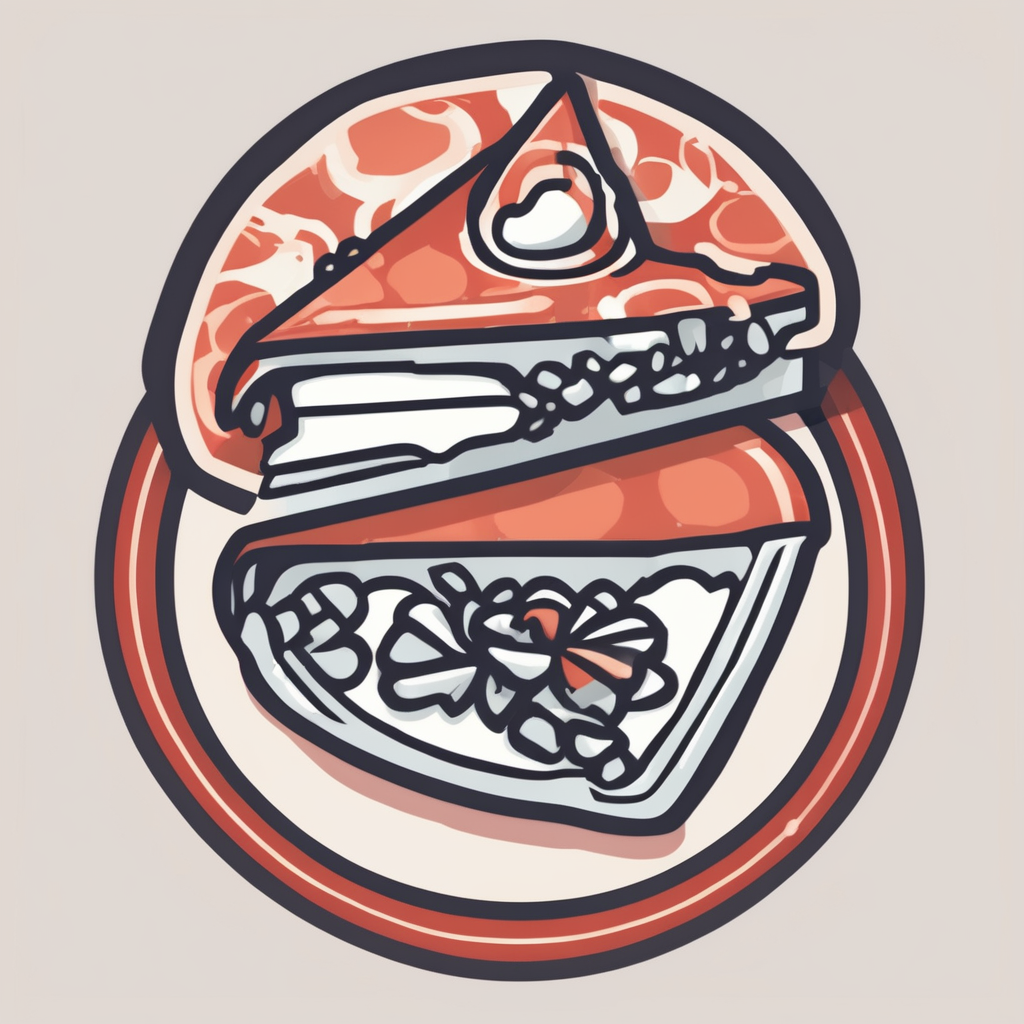The History of the Ploughman’s Lunch
The Ploughman’s Lunch has a rich history rooted in English rural traditions. Initially, this modest meal symbolised the simple sustenance of farm workers who dedicated their days to tilling the land. It typically consisted of readily available foods: crusty bread, cheese, and pickles. These components were more than mere nourishment; they were a reflection of the farming community’s innovation in making the most out of local produce.
The origins of the Ploughman’s Lunch can be traced back to the practice of English farm labourers taking homely, portable meals into the fields. The simple assembly of food items meant it didn’t require reheating or preparation, aligning perfectly with the demanding nature of rural life. It became more than a meal, evolving into a cultural marker, embodying the values of simplicity and practicality inherent in farming societies.
Also read : Elevate your culinary skills: indulge in exquisite saffron risotto topped with juicy sea scallops
Over the centuries, the Ploughman’s Lunch has undergone several transformations. While once a staple for farmers, it has evolved into a culinary tradition celebrated in pubs across the UK. Now, it often includes a more elaborate selection—such as cold meats, pickled onions, and chutney—showcasing a sophisticated appreciation for traditional fare. This evolution underscores the seamless blend of history and modern gastronomic preferences, while still paying homage to its humble agricultural roots.
Essential Components of a Ploughman’s Lunch
A Ploughman’s Lunch often centres around its classic ingredients, conjuring rustic simplicity and hearty flavours. At the heart of this traditional English meal lies wholesome bread, cheese, and tangy pickles. Typically, the bread offers a crusty base while the cheese, often a mature variety like cheddar, introduces a creamy richness. Pickles break up the meal’s texture with a zesty punch, enlivening the palate.
Topic to read : Master the art of perfectly crispy yorkshire puddings: the definitive how-to guide
It’s not just about these staples, however. The best Ploughman’s Lunch often derives its flair from seasonal and local ingredients. Locally sourced produce ensures freshness and supports regional agriculture, adding an authentic touch. Seasonal elements might include crisp apples in autumn or juicy tomatoes in summer, each enhancing flavours naturally available at different times of the year.
Variations abound, reflecting regional preferences and culinary twists. In some areas, you might find a hard-boiled egg included, or perhaps slices of roast meat, providing additional protein and taste. Likewise, different pickles or chutneys can bring unique sweetness or spice, depending on local traditions.
Whether enjoyed at a countryside pub or prepared at home, a Ploughman’s Lunch serves as both a nostalgic journey and a celebration of fundamental flavours.
Creating the Perfect Cheese Selection
A perfect cheese selection elevates any meal but especially shines in a classic ploughman’s lunch. It’s a delightful dish that offers versatility and simplicity through a thoughtful arrangement of cheeses, condiments, and accompaniments.
Types of Cheese for a Ploughman’s Lunch
Selection is key when considering types of cheese for such a spread. Go for variety: include a sharp Cheddar, a crumbly Cheshire, and a smooth Brie. Each cheese offers a different texture and flavor profile, ensuring a balanced taste experience that highlights the best of British cheese-making traditions.
Pairing Cheese with Condiments
Condiments can transform a cheese platter into a gastronomic delight. Think of pairing cheese with chutneys, pickles, or honey for surprising taste pairings. For instance, sharp cheeses like Cheddar mingle beautifully with tangy apple chutney, while a soft Brie might benefit from a subtle honey drizzle.
Cheese Presentation Techniques
Presentation plays a major role in creating an appealing cheese selection. Arrange cheese in a visually enticing manner on a board. Incorporate a mix of textures and colors with aesthetic appeal. Utilizing wooden boards or slate can accentuate the natural qualities of the cheese and their pairings, inviting guests to explore and indulge in each offering.
The Role of Bread in the Ploughman’s Lunch
Bread plays a central role in a Ploughman’s Lunch, elevating the rustic meal to a culinary delight. Traditionally, crusty bread types, like sourdough or whole grain, are favourites due to their sturdy texture and robust flavours. These breads complement the lunch’s selection of cheeses and pickles, enhancing both texture and flavour.
Choosing the right bread can enhance the Ploughman’s experience significantly. A crisp, crunchy crust contrasts beautifully with creamy cheeses, adding a satisfying bite. The inner softness of fresh bread is ideal for absorbing flavours from chutneys and mustards, enriching every mouthful.
Tips for Selecting the Right Bread
When selecting bread for different cheeses, consider both the bread’s texture and flavour profile. For milder cheeses, such as mozzarella or young cheddar, opt for a stronger-tasting bread like rye, which adds a distinctive note without overpowering. Conversely, rich, pungent cheeses like blue or mature cheddar pair well with neutral-flavoured breads, allowing the cheese to take centre stage.
To maximize flavour harmony, try experimenting with different bread and cheese combinations. By understanding the dynamics of bread selection, one can enjoy the full spectrum of a traditional Ploughman’s Lunch. The right bread not only supports the other components but also elevates them, making it an indispensable element of the meal.
Pickled Onions: The Perfect Accompaniment
Pickled onions are widely celebrated for their bold, tangy taste, and they make for the perfect accompaniment to a variety of dishes. They add a zesty punch to meals, enhancing flavours and introducing a delightful crunch.
Traditional Pickling Methods
Traditional pickling of onions is a time-honoured process that involves immersing onions in a vinegar-based solution. This method generally uses white vinegar, water, sugar, and salt to preserve and impart flavor. Often, small pearl onions are preferred for their ease of use and ability to absorb the mixture. The process starts by peeling and slicing onions, then mixing them with the brine. This mixture is left to marinate, allowing the flavours to develop over time.
Flavor Variations in Pickled Onions
To elevate a pickled onions recipe, various flavour combinations can be explored. Adding spices like cloves, peppercorns, or bay leaves can introduce creative flavour combinations. For those seeking a sweet twist, incorporating honey or cinnamon may add depth. Alternatively, chili flakes or ginger can bring heat to the mix, offering a unique take on the traditional recipe.
Serving Suggestions for Pickled Onions
Presentation plays a pivotal role in the appeal of pickled onions. They can be beautifully arranged on a platter, paired with cheeses, crackers, or charcuterie. Use small bowls to serve as a side dish or garnish. They can be an elegant addition to salads, enhancing both visual appeal and taste.
Additional Accompaniments and Sides
A Ploughman’s Lunch is not complete without its traditional accompaniments, which add depth and variety to the meal. Among these, apple slices are a popular choice. Their fresh, crisp texture and natural sweetness create a delightful contrast with the savoury elements of the lunch. A dollop of chutney is also highly recommended. Typically made from fruit, spices, and vinegar, it provides a rich, tangy note that complements the assorted cheeses and cold meats exquisitely.
The use of garnishes plays a vital role in enhancing presentation. Whether it’s a sprig of parsley or a light scattering of chopped herbs, these small touches can elevate the visual appeal of the dish, making it more appetising. Moreover, garnishes often contribute subtle flavours that harmonise with the main components.
Sides are fundamental in completing the overall flavour profile of a Ploughman’s Lunch. By carefully selecting accompaniments, you can balance sweetness, acidity, and savouriness. For instance, the crunch of pickled onions or the tang of pickles can add an extra layer of complexity and satisfaction to the meal. These additions not only provide contrast but also ensure a well-rounded gastronomic experience, leaving diners satisfied and delighted.
Presentation and Serving Suggestions
Ploughman’s Lunch Presentation should not only be a delight for the taste buds but also a feast for the eyes. Crafting a visually appealing platter begins with a strategic arrangement of its components. Start by selecting a large, rustic wooden board to serve as your foundation. Position meat selections, such as ham or turkey slices, in rolled shapes to add texture and height. Cluster artisanal cheeses nearby, ensuring varied colors and shapes to draw interest.
-
Fruit and Vegetables: Place grapes, apple wedges, and cherry tomatoes strategically to provide vibrant pops of colour.
-
Condiments and Breads: Offer small, accessible bowls containing mustards, chutneys, and pickles alongside slices of crusty bread.
For gatherings, consider serving individual Ploughman’s Lunch platters. This technique not only facilitates ease of eating but also provides each guest with a curated experience. Elevate the ambience further by incorporating rustic elements into your table setting. Mason jar water glasses and checkered napkins mirror the traditional British countryside, enhancing the mood.
Decor and setting play significant roles in amplifying the dining experience. Integrate fresh herbs or seasonal flowers into centrepieces to complement the platter. Consider ambient lighting, such as candles or string lights, to add a warm, inviting glow. Combining these elements ensures your Ploughman’s Lunch is memorable and aesthetically pleasing.










